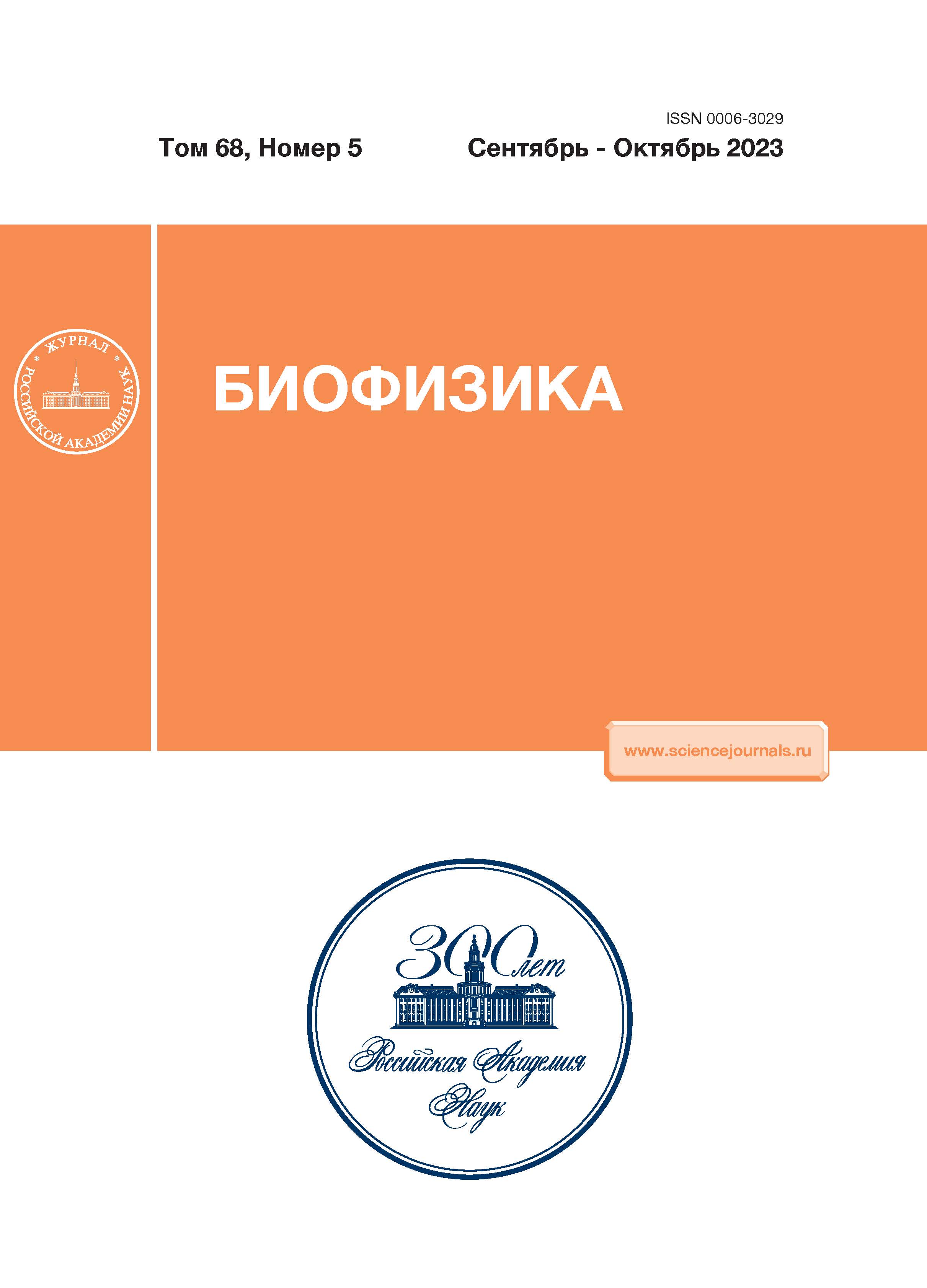Evaluation of the efficiency of intersystem crossing to a triplet state of fullerene in complexes with amino acids
- Autores: Buchelnikov A.S1, Sokolov P.A1,2, Ramasanoff R.R1
-
Afiliações:
- Sevastopol State University
- Saint-Petersburg State University
- Edição: Volume 68, Nº 5 (2023)
- Páginas: 850-855
- Seção: Articles
- URL: https://journals.rcsi.science/0006-3029/article/view/233445
- DOI: https://doi.org/10.31857/S0006302923030022
- EDN: https://elibrary.ru/PGDRZM
- ID: 233445
Citar
Texto integral
Resumo
Palavras-chave
Sobre autores
A. Buchelnikov
Sevastopol State University
Email: tolybas@rambler.ru
Sevastopol, Russia
P. Sokolov
Sevastopol State University;Saint-Petersburg State UniversitySevastopol, Russia;Saint Petersburg, Russia
R. Ramasanoff
Sevastopol State UniversitySevastopol, Russia
Bibliografia
- M. G. Mokwena, C. A. Kruger, M. T. Ivan, et al., Photodiagn. Photodyn. Ther., 22, 147 (2018).
- Y. N. Konan, R. Gurny, and E. Allcmann, J. Photochem. Photobiol. B, 66 (2), 89 (2002).
- N. Hodgkinson, C. A. Kruger, and H. Abrahamse, Tumor Biol., 39 (10), 1 (2017).
- L. Benov, Med. Princ. Pract., 24 (Suppl. 1), 14 (2015).
- H. W. Kroto, J. R. Heath, S. C. O'Brien, et al., Nature, 318 (6042), 162 (1985).
- Y. Zhang, B. Wang, R. Zhao, et al., Mater. Sci. Eng. C, 115, 111099 (2020).
- M. R. Hamblin, Photochem. Photobiol. Sci., 17 (11), 1515 (2018).
- V. V. Sharoyko, S. V. Ageev, N. E. Podolsky, et al., J. Mol. Liq., 323, 114990 (2021).
- R. Yazdian-Robati, P. Bayat, F. Oroojalian, et al., Int. J. Biol. Macromol., 155, 1420 (2020).
- Q. Liu, L. Xu, X. Zhang, et al., Chem. Asian J., 8 (10), 2370 (2013).
- V. V. Sharoyko, O. S. Shemchuk, A. A. Meshcheriakov, et al., Nanomedicine NBM, 40, 102500 (2022).
- G. G. Panova, E. B. Serebryakov, K. N. Semenov, et al., J. Nanomater., 2019, 2306518 (2019).
- G. Jiang, F. Yin, J. Duan, et al., J. Mater. Sci. Mater. Med., 26 (1), 24 (2015).
- M. E. Casida, in Recent Advances in Density Functional Methods. Part I, Ed. by D. P. Chong (World Scientific, Singapore, 1995), Chap. 5, pp. 155-192.
- A. D. Becke, J. Chem. Phys., 98 (7), 5648 (1993).
- G. A. Petersson, A. Bennett, T. G. Tensfeldt, et al., J. Chem. Phys., 89 (4), 2193 (1988).
- M. J. Frisch, G. W. Trucks, H. B. Schlegel, et al., Gaussian 09 Revision A.01 (Gaussian, Inc., Wallingford CT (USA), 2016).
- R. H. Xie, G. W. Bryant, L. Jensen, et al., J. Chem. Phys., 118 (19), 8621 (2003).
- C. M. Marian, Wiley Interdiscip. Rev.Comput. Mol. Sci., 2 (2), 187 (2012).
- S. G. Chiodo and M. Leopoldini, Comput. Phys.Commun., 185 (2), 676 (2014).
- R. R. Ramasanoff and P. A. Sokolov, Chem. Phys. Lett., 807, 140076 (2022).
Arquivos suplementares









